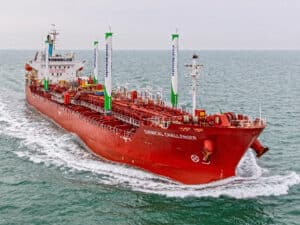
Shipowners seek uniform approach to ECA enforcement
Written by Nick Blenkey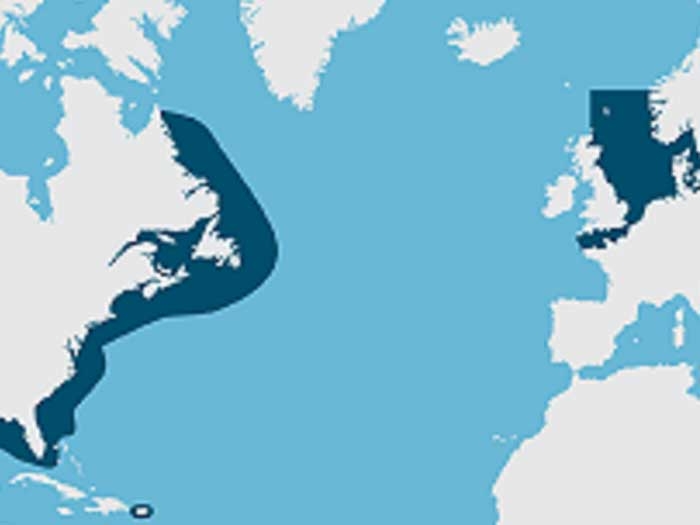
JULY 21, 2014 — Shipowners are fearful that enforcement will be spotty when the 0.1% limit on sulfur in fuel takes effect in Emission Control Areas (ECAs) in January 2015.
Last week, Maersk Line noted that, while the North American ECA requirements are strongly enforced, “the current weak enforcement of the North European ECA requirements combined with the significant cost burden increase in 2015 might lead to increased non-compliance. This would not only weaken the positive effect on air quality, it would also be a major competitive disadvantage for the shipping companies that follow the rules.”
Now the International Chamber of Shipping (ICS) is asking the Paris Memorandum of Understanding on Port State Control to ensure that a harmonized approach to port state inspections relating to the new sulfur limits is developed in advance of the January 2015 deadline.
ICS says that information collected by its member national ship owners’ associations suggests that many governments are not yet prepared to implement the requirements in a uniform manner, in order to ensure the prevention of a potentially serious market distortion.
ICS Secretary General, Peter Hinchliffe explained: “The shipping industry is investing billions of dollars in order to ensure compliance with this major regulatory change, and the huge costs involved could have a profound impact on the future structure of the entire shipping industry. We therefore think it is vital that governments get the details of any PSC intervention right as we enter a new world in which fuel costs for many ships will increase overnight by 50% or more.”
He added: “There is only six months to go and it is vital that the Paris MOU and its Member States – in co-ordination, as may be appropriate, with the United States and the European Commission – clarify all of the details of ECA implementation with respect to PSC inspection as soon as possible. ICS believes it is important for the maintenance of fair competition that implementation occurs throughout the Paris MOU region in a consistent and harmonized manner.”
ICS has just written the Paris MOU raising a number of PSC inspection issues relating to the new limit. These include:
- Whether – as ICS believes should be the case – the principal method of inspection will only involve looking at the bunker delivery note (BDN), with further sampling/analysis of fuel only normally taking place when examination of the BDN suggests clear grounds to suspect non-compliance, or when there is a previous history of non-compliance with MARPOL Annex VI;
- The procedures to be followed, with reference to applicable IMO Guidelines, in the event that sampling or analysis is undertaken during PSC inspections;
- The procedures that might be followed with respect to ships that transit an ECA without calling at a Port State located within an ECA;
- The extent to which a consistent approach will be shown with respect to any discretion for minor technical violations (e.g. those that might arise from fuel switching when a vessel enters an ECA) as opposed to deliberate use of the wrong grade of fuel, or with respect to any discretion that might be applied for a limited period after January 2015;
- Criteria to be applied during PSC inspections with respect to alternative compliance measures such as Exhaust Gas Cleaning Systems (‘scrubbers’) or LNG.
Scrubber issues that ICS believes require a harmonized approach include the acceptability of “closed loop” and “open loop” systems, and the extent to which overboard discharges will be subject to inspection.

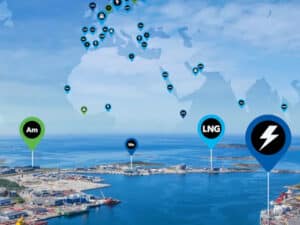

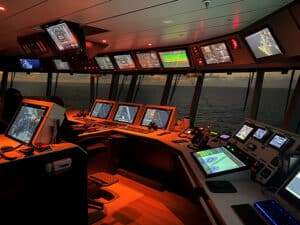
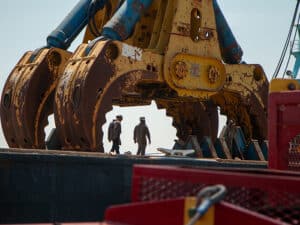
Leave a Reply
You must be logged in to post a comment.